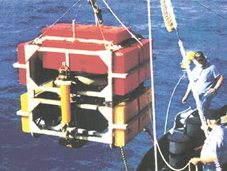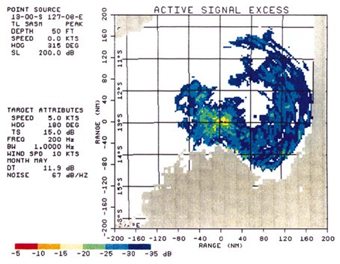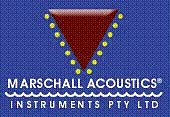|
|
||
|
Marschall Acoustics Instruments staff have worked on many of the world's ocean surveillance systems. Some staff gained this experience during the Cold War working with such fine organizations as NORDA, NRL, DTRC, NAVOCEANO, RAN, DSTO, and their contractors such as Planning Systems Incorporated, Lockheed, GEC-Marconi, and Argotec. These systems often have effective detection ranges against a wide variety of ships, submarines, aircraft, and missles of hundreds of kilometers. Modestly priced commercial versions with somewhat lesser ranges and classification capability are now available for private use for both offshore and land security applications. Today's technology includes the latest developments in geophysical and geoacoustic sensing, signal conditioning, telemetry, data processing, and display. Underwater sensors include innovative piezoelectric, ferroelectric, and piezocomposite transducers composed of leading edge materials such as alloys, ceramics, and plastics. Electromagnetically active (piezo or ferro, or both) plastics may be Polyvinylidene Fluoride (PVDF), Trifluoroethylene (TrFE) copolymerized with Vinylidene Fluoride (VDF), Polyacrylonitrile, Polyvinylidene Cyanide, and Vinylidene Cyanide copolymerized with Vinyl Acetate. Our range of ceramic and composite sensor materials is too extensive to list here. Many of our sensors will operate to full ocean depth. Marschall Acoustics' signal conditioning employs among the world's lowest self-noise, highest fidelity electronics. Several state-of-the-art telemetry systems are available. Processing systems can include the latest 64-bit multiprocessor real-time Linux and BSD based high reliability computing platforms. Displays usually use the open standard MESA 3D graphics system. |
||
|
| ||




